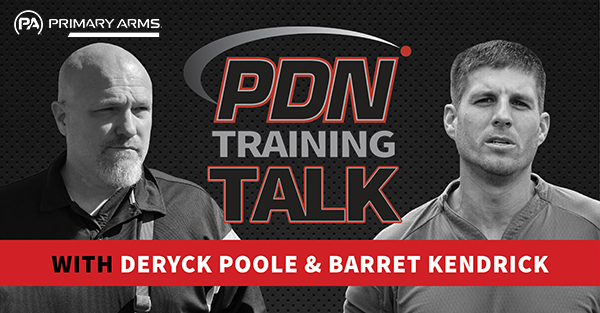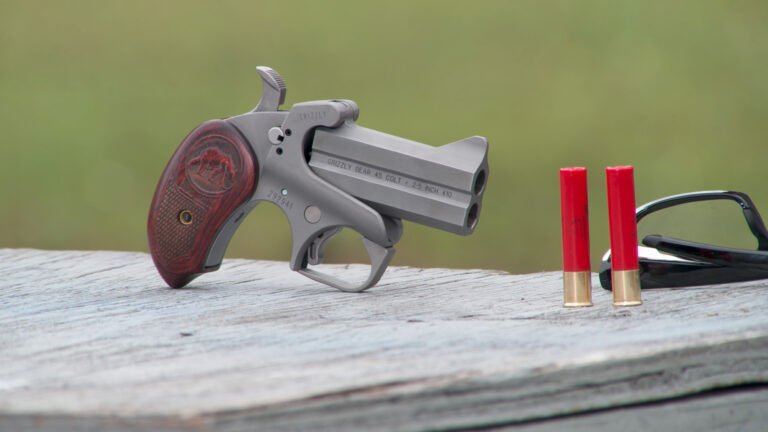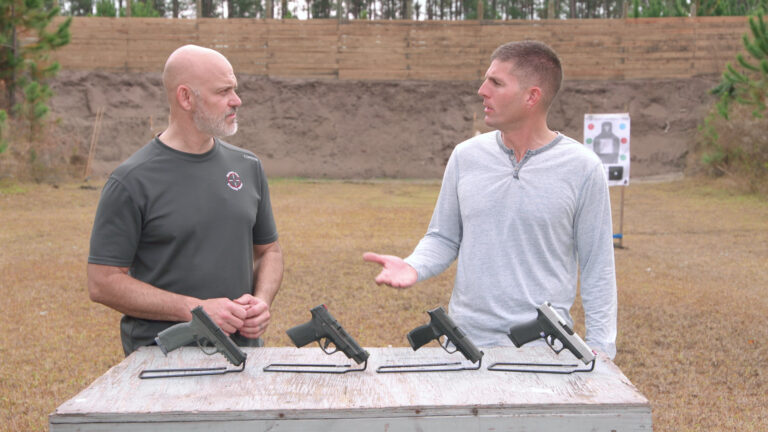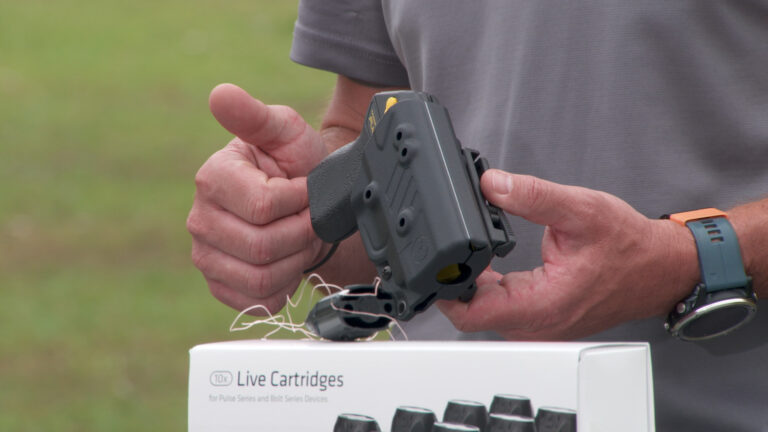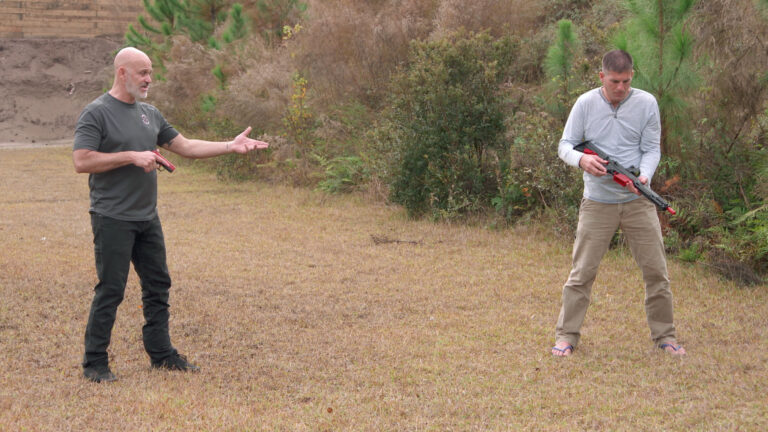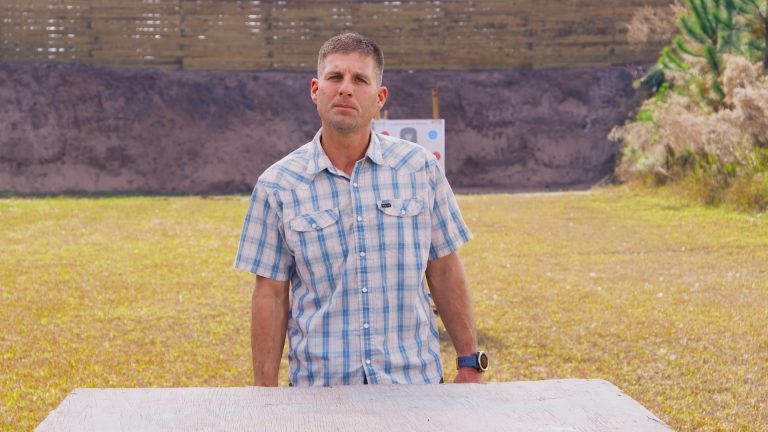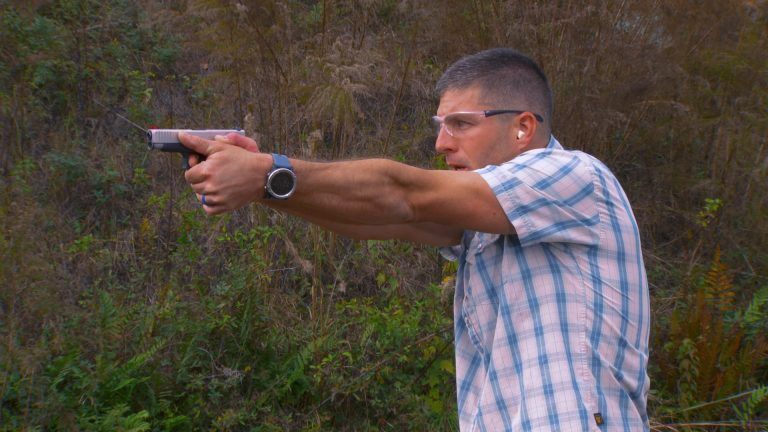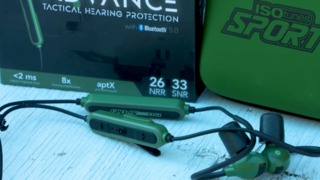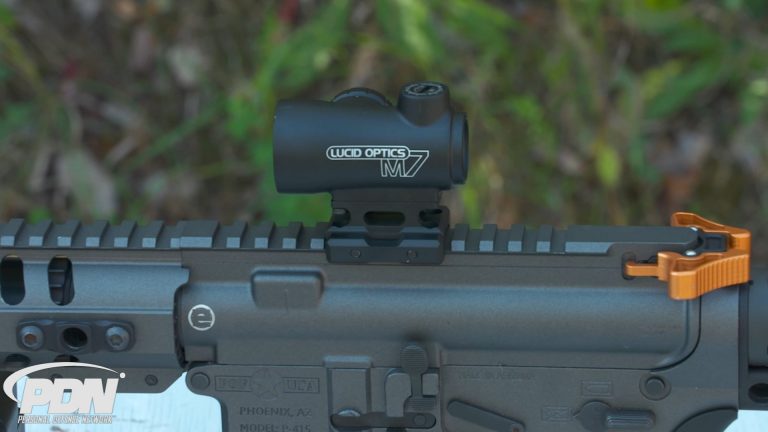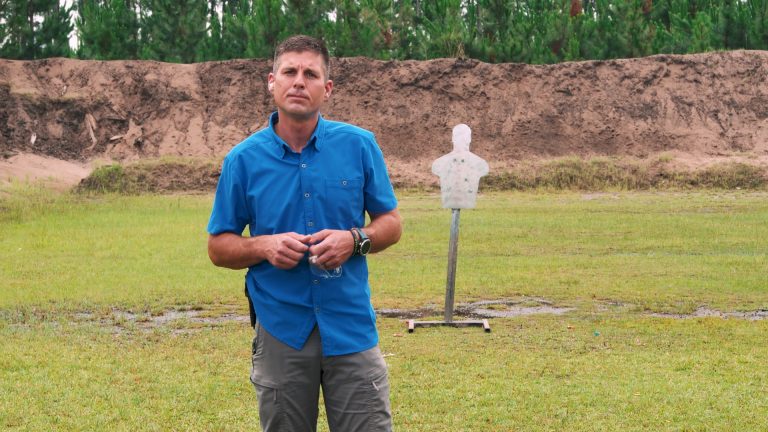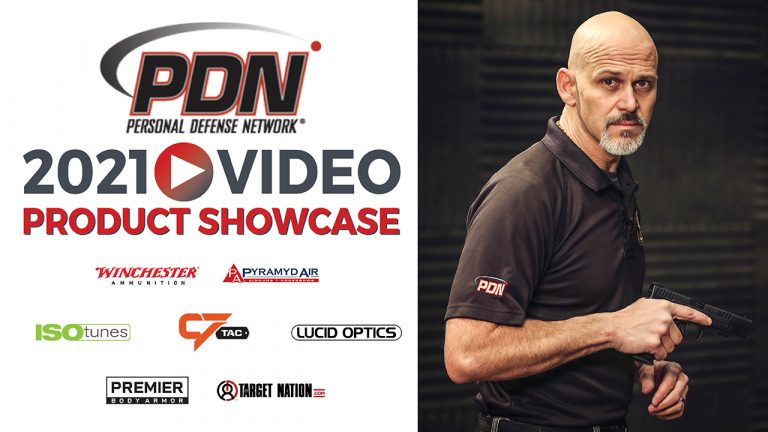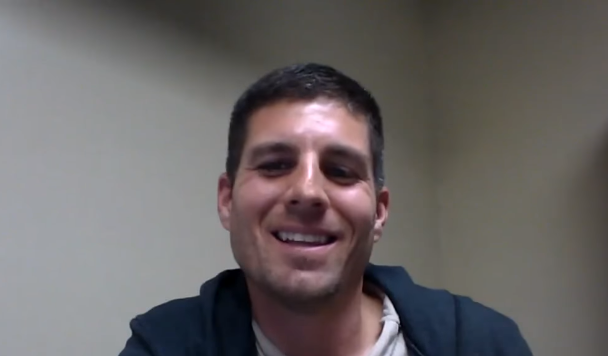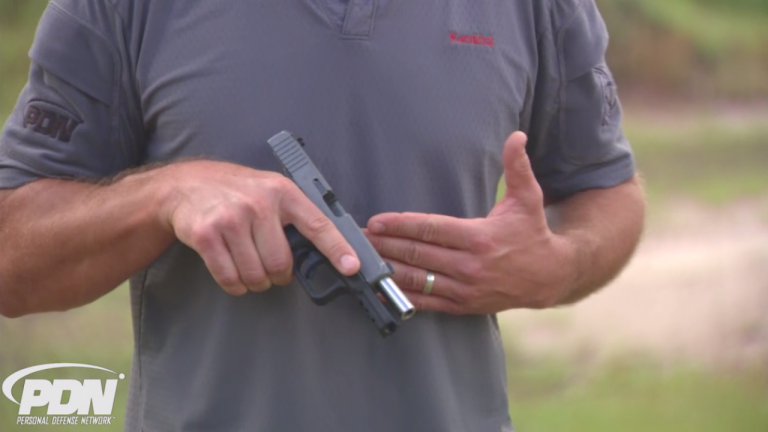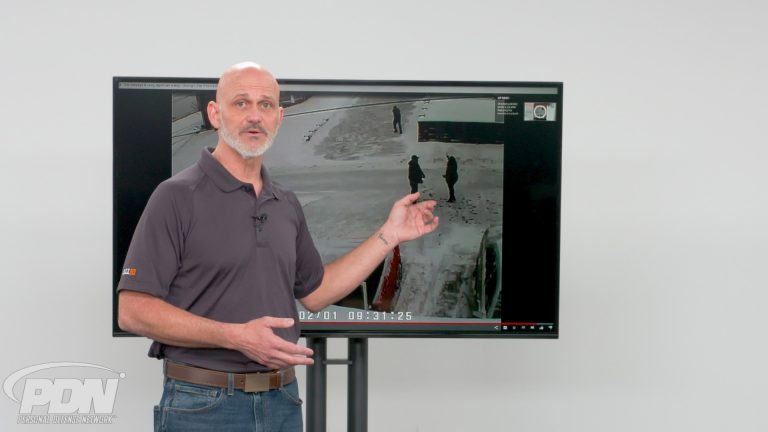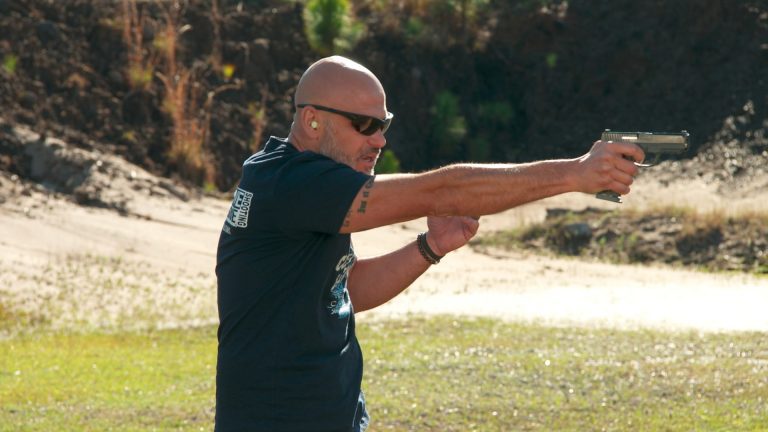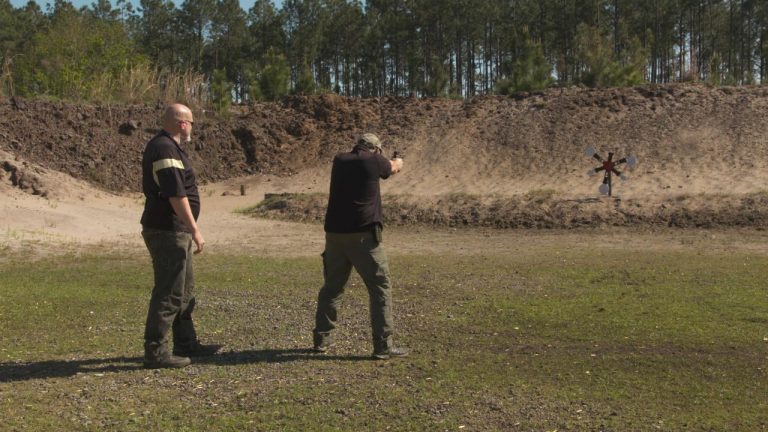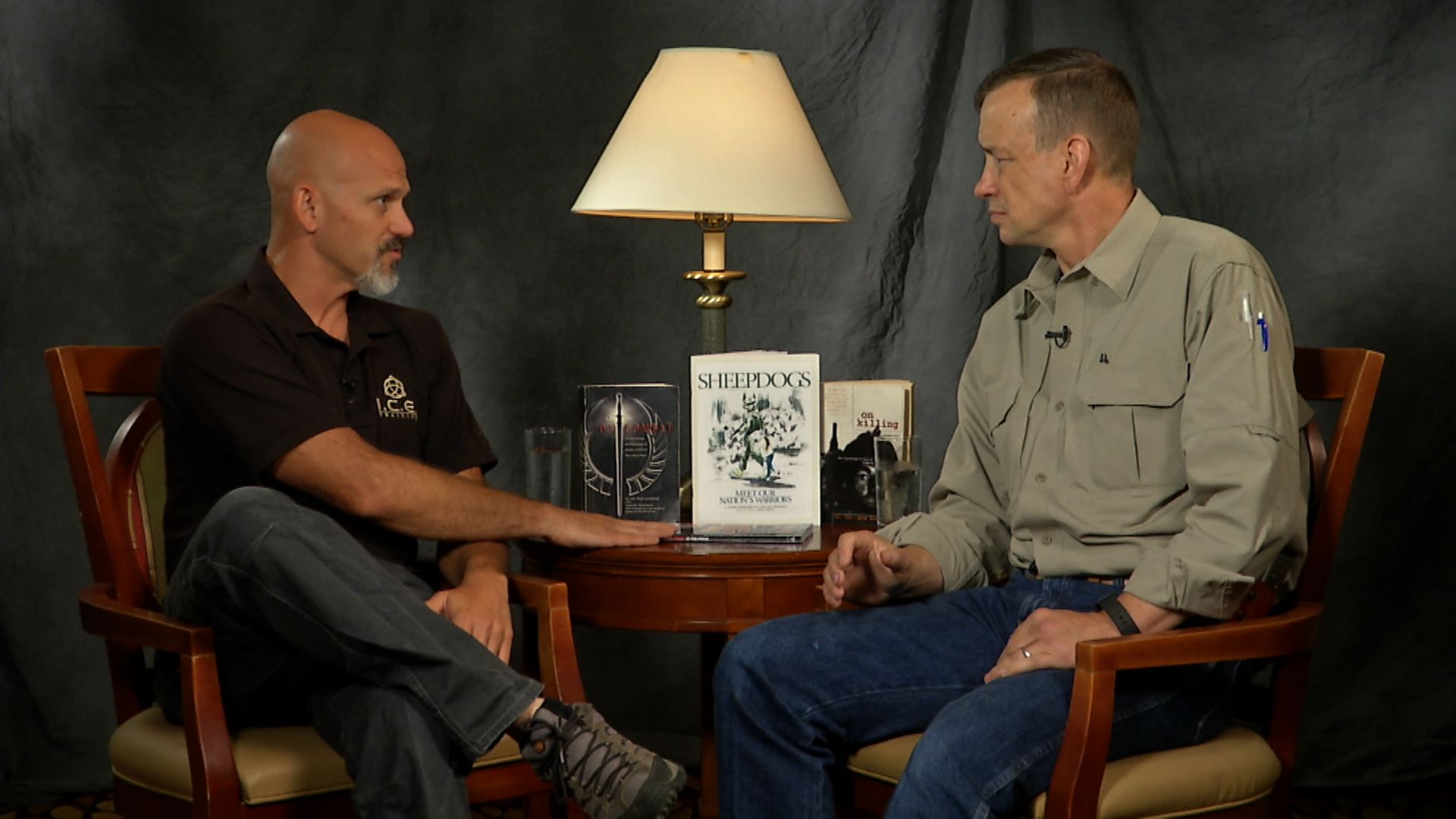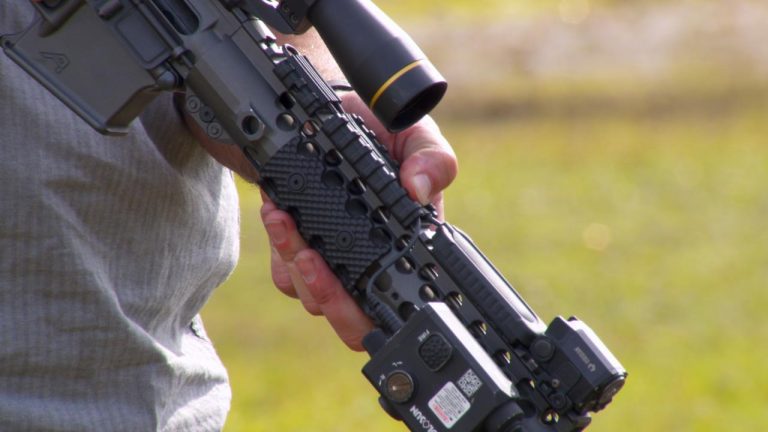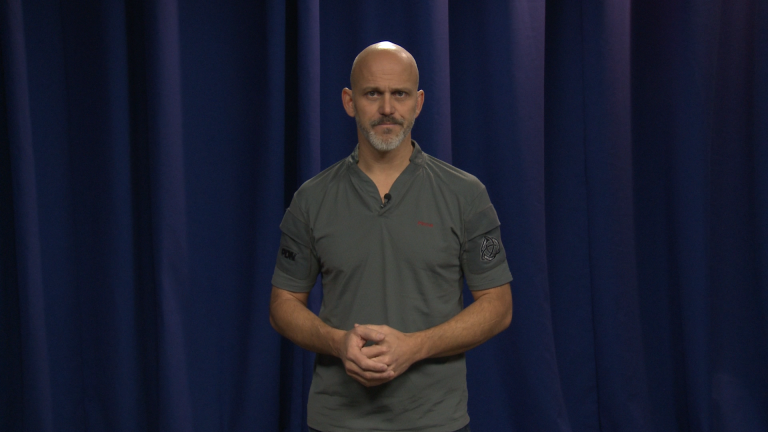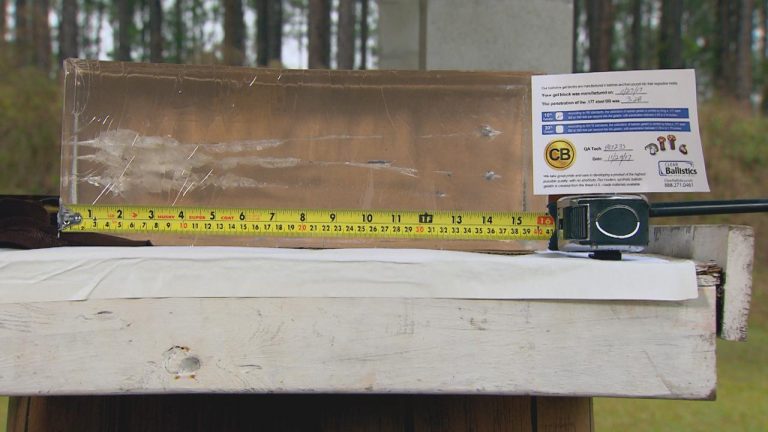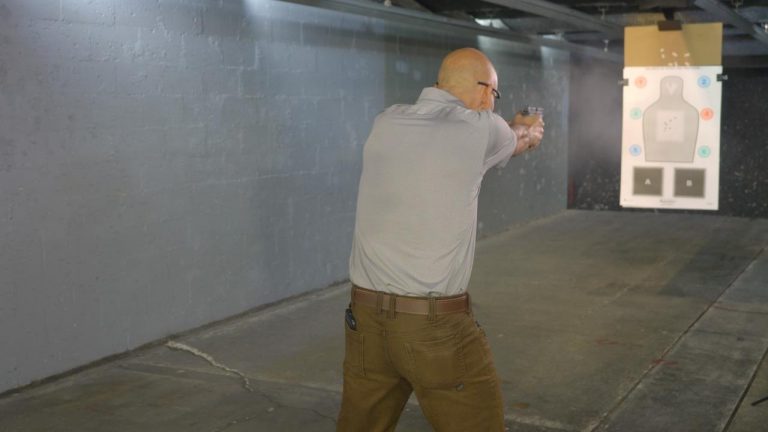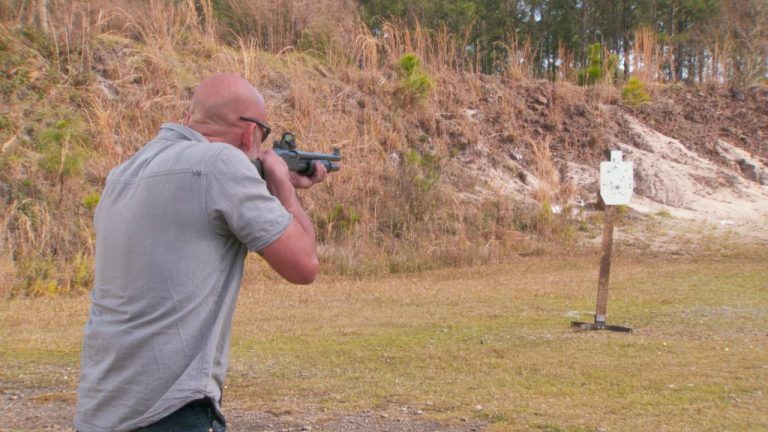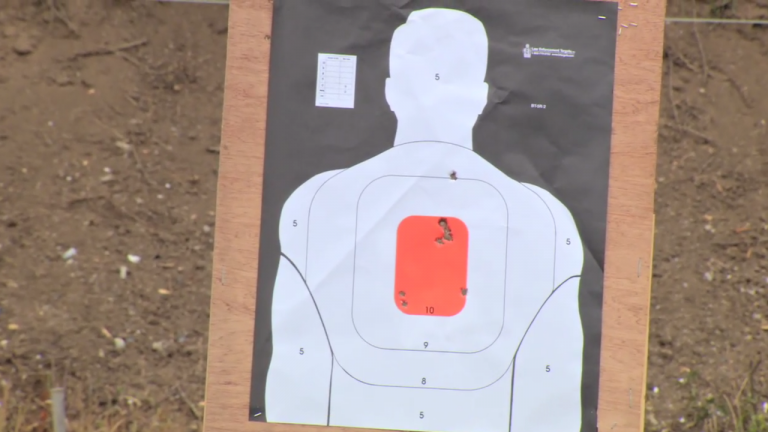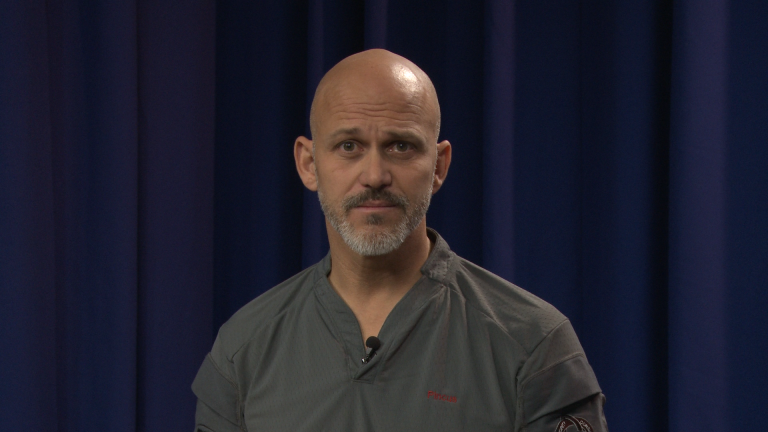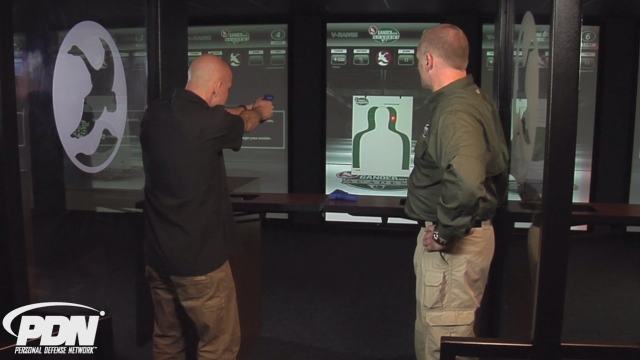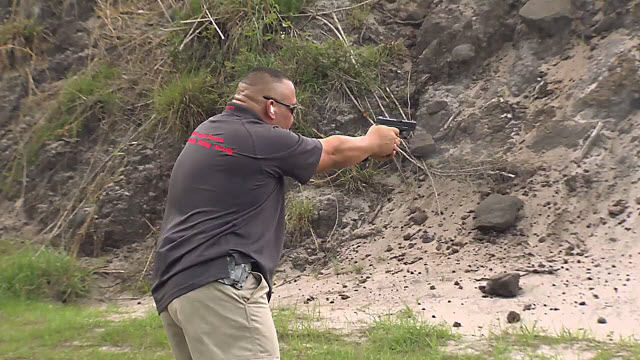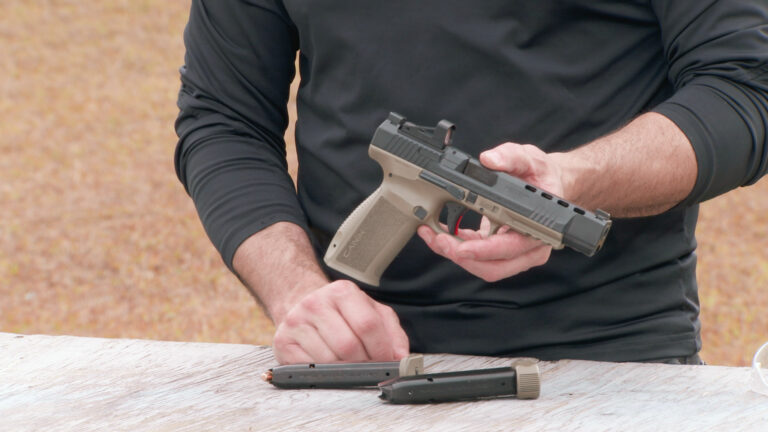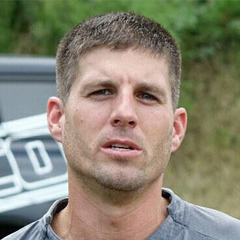
Reaction Time in Response to Threats
Barret KendrickPDN Contributor Barret Kendrick of Bearco Training tackles the complex subject of reaction time in response to a threat. How much time it takes to get the gun out of the holster and fire a shot is obviously very important. A lot of gun carriers strive to get the gun out of the holster and the first shot fired in 1.5 seconds. Many even try for a sub-one-second draw time.
But as defensive shooters, we must look at the whole picture. How much time does it take to react to a threat and then draw the gun and fire the shot? And how can we work on improving this reaction time during firearms training and practice?
IT’S NOT COMPETITION SHOOTING
In competition shooting, you can get a lot of information before you do any shooting, such as what each course of fire looks like, how many rounds you need to fire at each target, and where the shooting stations are. This allows you to plan ahead so you can complete the courses of fire as quickly as possible.
A defensive encounter is very different and, in many cases, you will have almost no advance information. Something happens that causes you to draw your defensive firearm – it may be an unprovoked attack by a stranger, for example you see someone running at you with a knife raised, or you may hear shots fired while out in public. How much time will it take you to process the information, decide you must shoot in defense of your life, and then get the gun out of the holster and shoot? Or decide that you don’t need to shoot or should not shoot?
VARIABLES
A lot of variables are in play, and Barrett discusses several of them, including:
– How much sleep did you get last night?
– Are you healthy or is this your first day out of the house after being sick in bed for a week?
– How old are you? Someone in their 30s generally has a faster reaction time than a 60+ year old.
– How many innocent bystanders are in the area?
– Do you need to move to take a shot that won’t injure or kill the wrong person?
– If you’re a concealed carry holder, how many layers of concealment are between your hand and the gun?
FIREARMS TRAINING AND PRACTICE
Your gun is not the whole plan – it’s part of the plan, a tool you may or may not use, depending on the circumstances. When you’re on the range doing firearms training or practice, it’s important to integrate as much processing of information as possible. Switch up the targets – different sizes, colors and shapes – and have your range buddies call out the shooting commands.
If you’re doing a solo practice session, you can draw cards with shooting commands on them – do something that forces you to process information before you shoot, because processing information is what you’ll need to do in a defensive incident.
Explore videos by Barret Kendrick
You may be interested in
Premium Membership
Unlock exclusive member content from our industry experts.
- 24/7 Access to Premium Personal Defense and Firearm Training Videos and Drills
- Step-by-Step Instructional Demos and Guides
- 50% Off Video Downloads Purchased in the Personal Defense Network Shop
- Access to Ask the Expert Program
Unlock exclusive member content from our industry experts.
- 24/7 Access to Premium Personal Defense and Firearm Training Videos and Drills
- Step-by-Step Instructional Demos and Guides
- 2 Full-Length Video Downloads to Watch Offline
- 50% Off Video Downloads Purchased in the Personal Defense Network Shop
- Access to Ask the Expert Program
Gold Membership
$340 Value
Get everything included in Premium plus exclusive Gold Membership benefits.
- 24/7 Access to Premium Personal Defense and Firearm Training Videos and Drills
- Step-by-Step Instructional Demos and Guides
- 9 Full-Length Video Downloads to Watch Offline
- 2 Full-Length Personal Defense Classes to Keep for Life
- 2 In-Depth Skill Development Presentations
- Discounts on Purchase-to-Own Content in the Personal Defense Network Shop
- Access to Ask the Expert Program
- Exclusive GOLD LIVE Streaming Events
